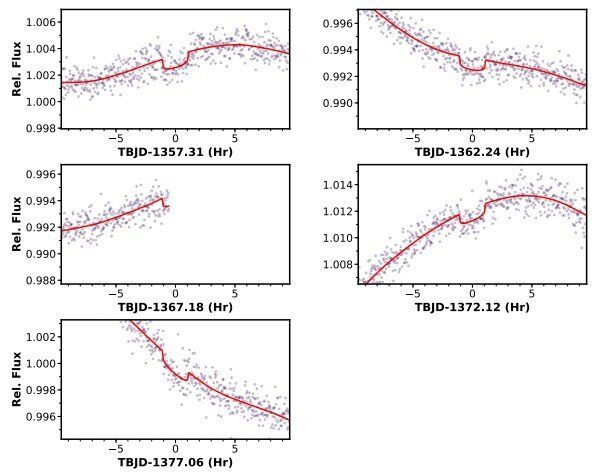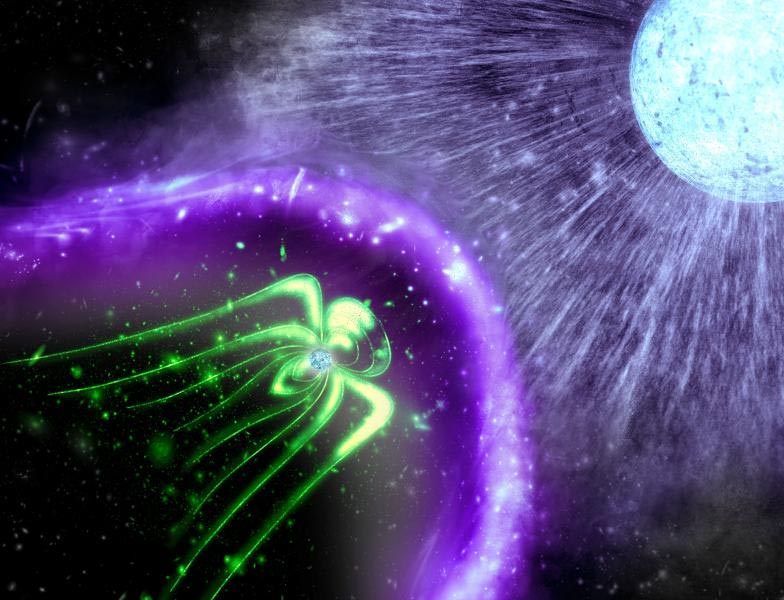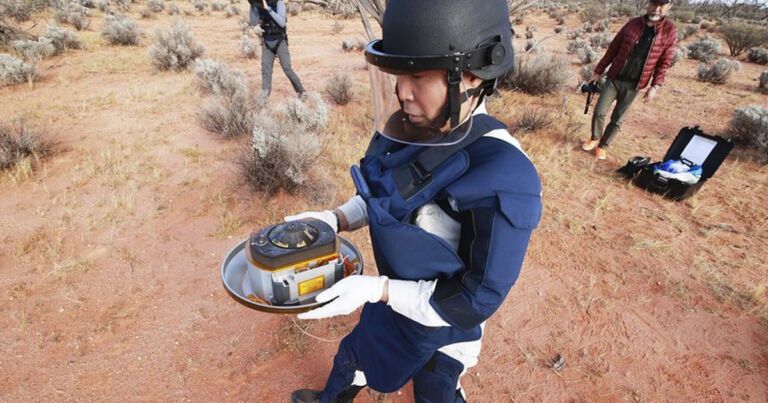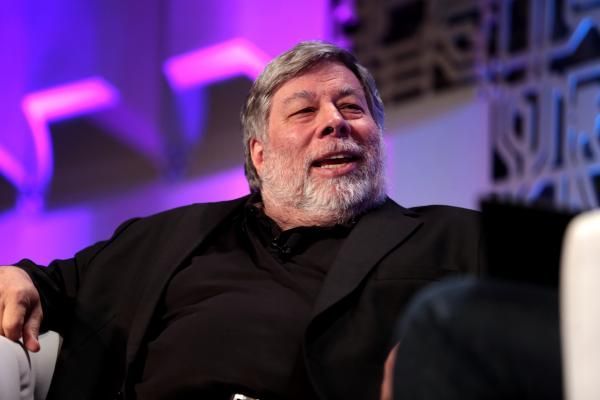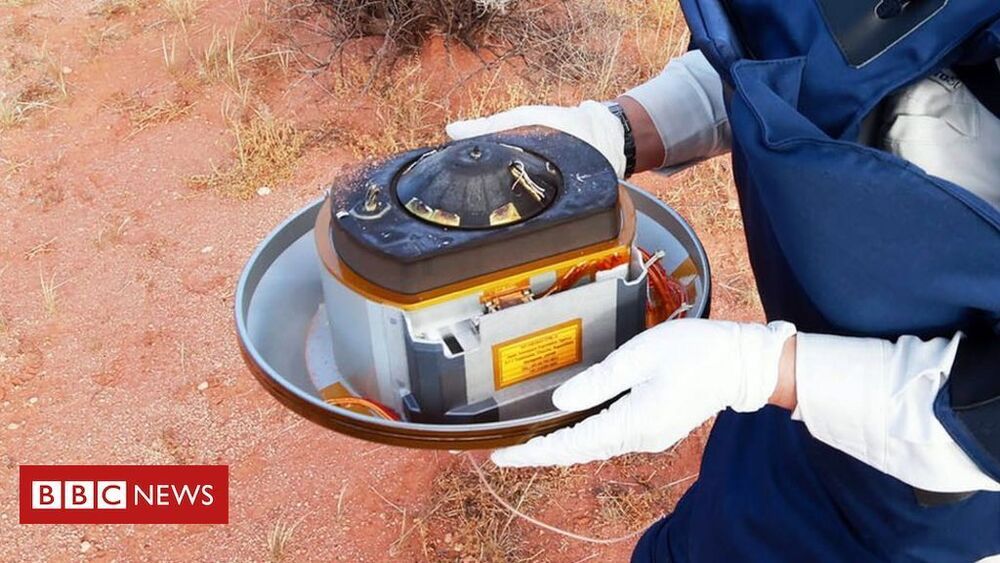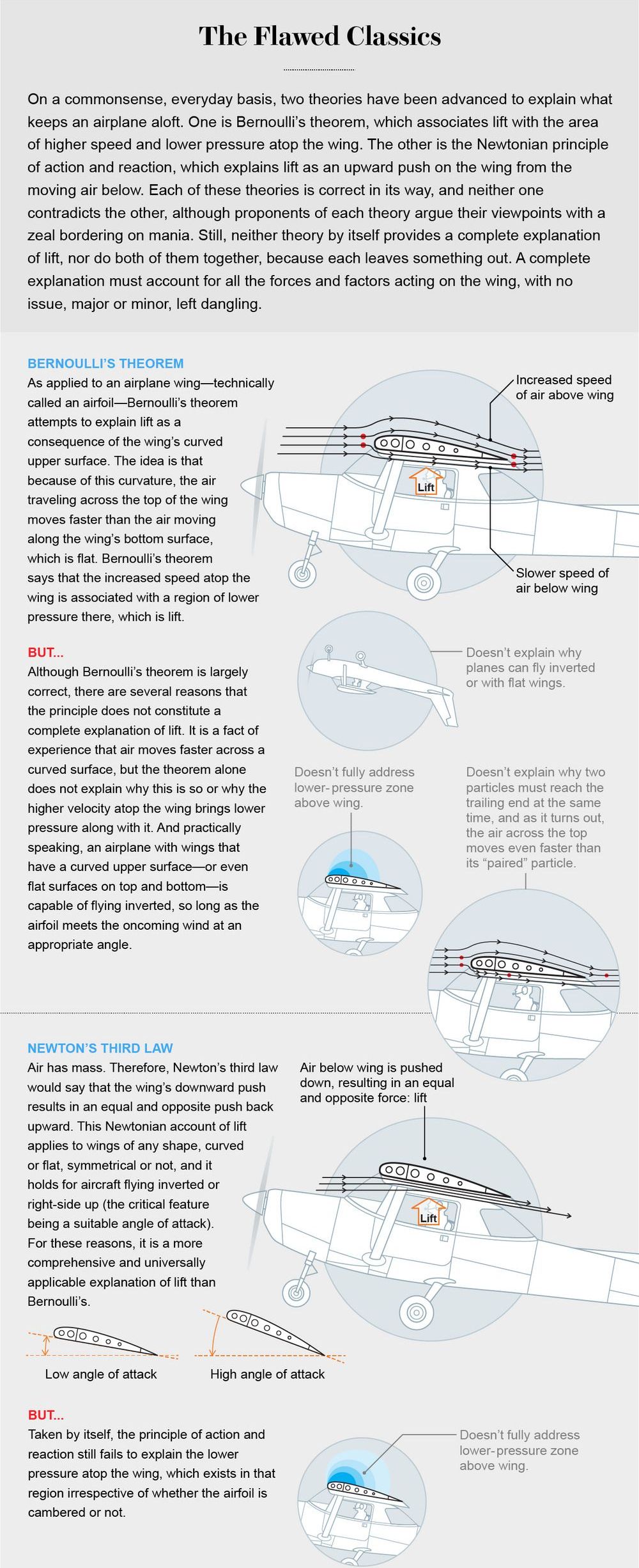I didn’t realize there were so many 3rd-party genetic analysis services. If you’ve already done something like 23andMe have you tried uploading your raw DNA data to one of these other websites?
Note: This piece on genetic analysis is the third in our series of posts about DNA tests for health and longevity. To better understand the basics of DNA and the different types of DNA tests on the market please go back and read our first piece on The Benefits of Genetic Testing for Longevity, and for an in-depth comparison of DNA testing companies please read the second piece on the Best DNA Tests for Health and Longevity.
Affiliate Disclaimer: Longevity Advice is reader-supported. When you buy using links on our site, we may earn commissions.
Imagine, for a moment, that time travel is real.

